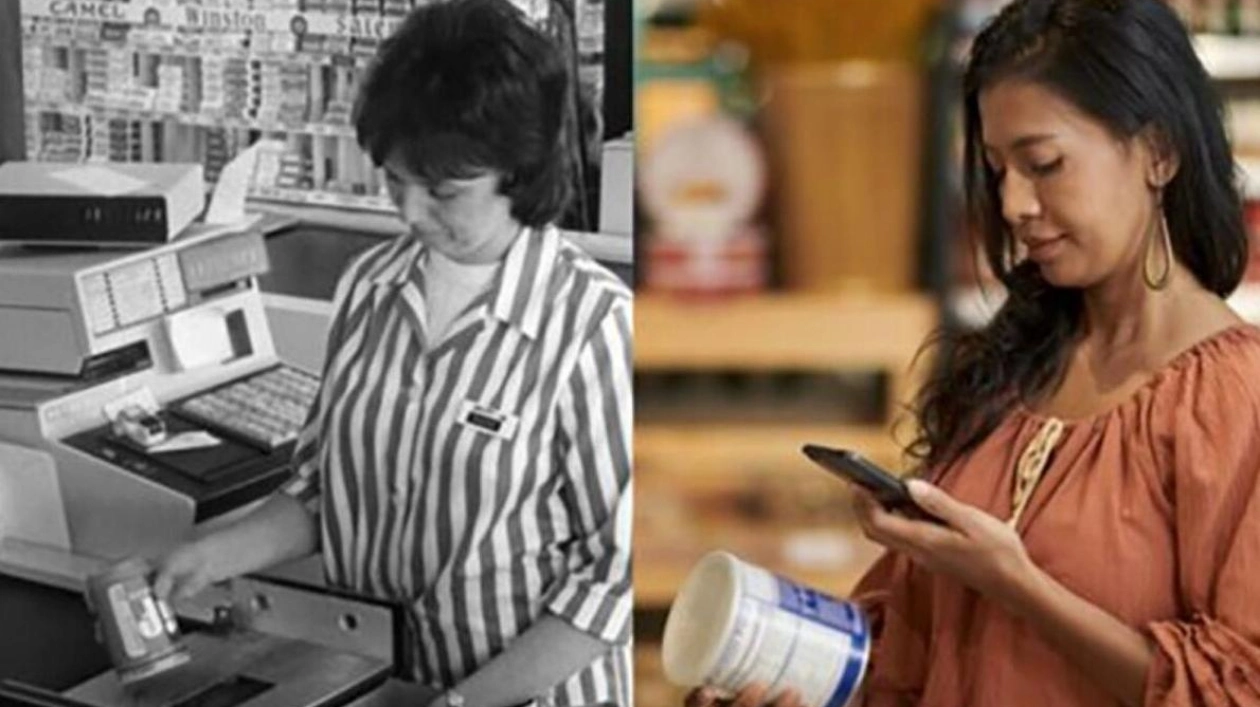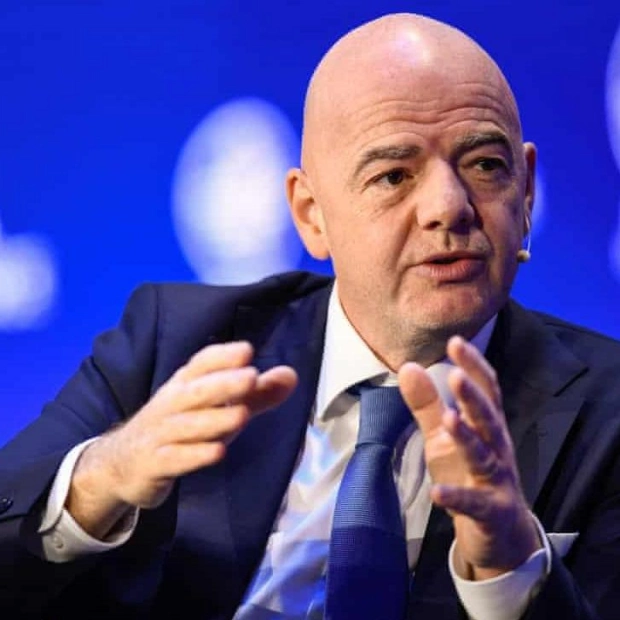On the 50th anniversary of the first barcode scan, 22 industry leaders including Alibaba.com, Carrefour, and Procter & Gamble are advocating for the worldwide implementation of QR Codes adhering to GS1 standards. These QR Codes, supported by GS1, the foremost standards organization behind the barcode, can provide a plethora of product details readily accessible through smartphones, potentially transforming the consumer experience. Since its inception in 1974, the partnership between retailers and manufacturers via GS1 has facilitated the widespread acceptance of the original barcode, now a trusted universal identifier for products, with over 1 billion items scanned more than 10 billion times daily, enhancing global supply chain efficiency. Today, leading global industries are once again uniting to shift towards QR Codes with GS1 standards, also known as 2D barcodes powered by GS1.
“The first barcode scan revolutionized the way we trade goods,” stated Renaud de Barbuat, President and CEO of GS1. “Fifty years later, industry leaders are calling for a transition to QR Codes powered by GS1, aiming to reshape our shopping, eating, and living experiences. We anticipate this to be the beginning of a second barcode revolution, enhancing product traceability and transforming the consumer experience, thereby paving the way for the future of retail.”
Unlike conventional barcodes, QR Codes powered by GS1 can link consumers to vast amounts of product data, enhancing their experience with details like usage instructions, safety and nutritional information, and industry certifications. Alexandre Bompard, Chairman and CEO of Carrefour, noted, “At Carrefour, providing quality food and products is paramount. 2D barcodes offer a promising avenue to achieve this with more transparent and detailed product information. We are excited to pioneer this initiative with our long-standing partner, GS1.”
This technology opens new avenues for consumers, manufacturers, and retailers, providing all necessary and desired information, enhancing traceability, and improving supply chain efficiencies, all while maintaining checkout scanning capabilities. Features include smarter choices, sustainable insights, and safer food, with QR Codes connecting consumers to detailed product origins, components, carbon footprints, and recycling guidance, alongside regulatory information and expiration dates to reduce food waste.
Companies must assess their technology and processes to leverage QR Codes with GS1 standards effectively. Gradual integration of detailed product information into QR Codes allows businesses to adapt at their own pace. Jon R. Moeller, Chairman of the Board, President and CEO of The Procter & Gamble Company, emphasized, “2D barcodes with GS1 standards can meet consumer demands for more product information, regulatory requirements, and supply chain traceability, providing a comprehensive solution.”
This industry initiative aims for widespread adoption of QR Codes with GS1 standards by the end of 2027, requiring coordinated efforts between manufacturers and retailers. The transition is underway, with trials in 48 countries representing 88% of global GDP, positioning early adopters to unlock new capabilities and benefits for their customers.






